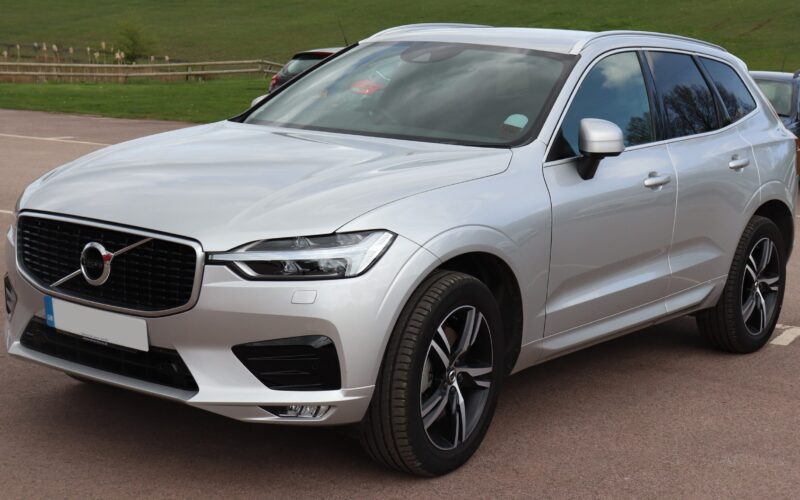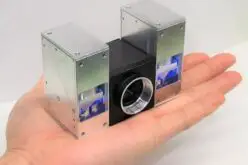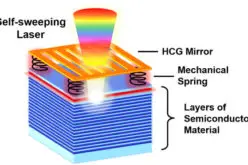Technology makes huge strides every year, though some of them are slower to progress than others. Autonomous vehicles come under this category due to safety reasons regarding whether human drivers are able to correct self-drive cars while moving on the road. Automobile journalist John Evans discussed this issue last year, pointing out how human drivers don’t have the “necessary situational awareness” for a vehicle handover (where they retake the controls), making the vehicles much more dangerous to other road users.
It certainly doesn’t help that existing self-driving cars like the Toyota RAV4 and Nissan Leaf still need driver intervention to man the controls for narrow streets, parking, crowded areas, and other road events. In fact, Evans emphasizes how current self-driving cars have difficulty sensing cyclists and pedestrians, potentially causing accidents.
That is, until recently.
In collaboration with technology firm Luminar, leading automobile manufacturer Volvo is releasing a new car in a couple of years with cutting-edge perception technology that could finally see self-driving cars on public roads.
SPA 2
In 2018, Volvo announced that they would be investing in a startup called Luminar, so they could have access to the Light Detection and Ranging (LiDAR) technology the firm specializes in. Fast forward to 2020, and Volvo teases that they will be rolling out new LiDAR-equipped autonomous cars in 2022. They call this next generation of modular vehicle architecture the SPA 2.
SPA 2 and LiDAR
Vehicles with LiDAR technology are not a new concept. Since 2015, experts have opened up the possibility of how LiDAR can shrink 3D mapping systems and more accurately sense the environment around it. However, it wasn’t until Volvo’s announcement that we will potentially see it in production.
Traditionally, circuits could only provide enough signal layers for the wires, and enough copper in power paths to deliver power at a minimum level. However, designers have taken to using a PCB stackup impedance calculator to determine the crosstalk susceptibility and sheet capacitance of their prototypes. The results are high-speed devices with power voltage to function for weeks. LiDAR is made using the same concept. It’s able to emit millions of pulses of laser light that barely dents the vehicle’s stored power, allowing future autonomous Volvo cars to more widely and accurately scan the environment without draining a lot of power. LiDAR is a part of the SPA 2’s “Highway Pilot” feature.
Highway Pilot
“Highway Pilot” is essentially an improved version of the advanced driver assist systems (ADAS). Some examples of ADAS are Tesla’s Autopilot or Cadillac’s Super Cruise. However, the key difference between Highway Pilot and ADAS is how the latter needs an off hands driver, while the former doesn’t.
“[LiDAR] builds and adds to the accuracy and to the reliability of a system, which in our judgment is necessary to be to be as good as a human driver and which it needs to be in order to be replacing a human driver,” says Volvo’s chief technology officer.
Safety has been a big roadblock to innovation in the industry’s autonomous sector, but not anymore. Volvo and Luminar are piloting a whole new generation of cars, and we’ll be seeing them in two years.











